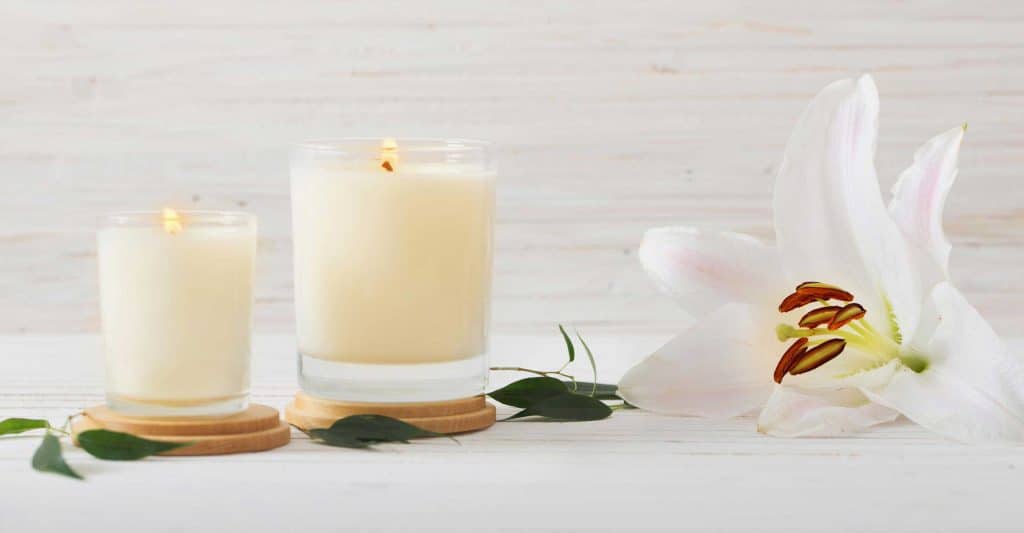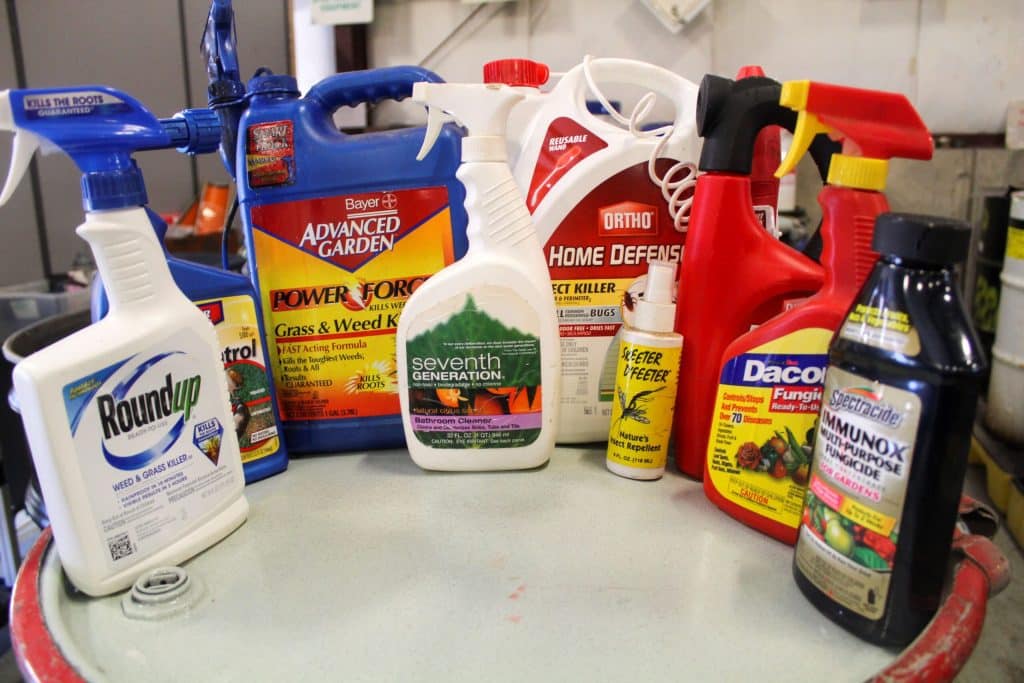In our relentless pursuit of a clean and cozy home environment, we often overlook the potential dangers hidden within the very products we use to maintain it. From scented candles to cleaning sprays, numerous household items contribute to a silent menace: compromised indoor air quality. According to the Environmental Protection Agency (EPA), indoor air can be up to five times more polluted than outdoor air, largely due to the presence of harmful chemicals emitted by everyday products. In this article, we’ll uncover some common household items that may be quietly sabotaging your indoor air quality, and suggest alternative solutions to help you breathe easier and live healthier.
Air Fresheners: The Fragrant Deception

Air fresheners are a staple in many households, promising to eliminate odors and leave spaces smelling fresh. However, these seemingly innocuous products often contain a cocktail of chemicals, including volatile organic compounds (VOCs), formaldehyde, and phthalates. These substances can trigger respiratory issues, headaches, and allergic reactions, and may even have long-term health effects with prolonged exposure. Instead of masking odors with synthetic fragrances, consider natural alternatives such as essential oils or simply ventilating your home by opening windows and using fans.
Cleaning Products: Cleanliness Comes at a Cost
Conventional cleaning products wield impressive germ-killing power, but at what price to our health? Many commercial cleaners contain harsh chemicals like ammonia, bleach, and synthetic fragrances, which can release harmful fumes into the air. These chemicals not only contribute to indoor air pollution but can also irritate the skin, eyes, and respiratory system. To minimize exposure, opt for eco-friendly cleaning alternatives or make your own DIY cleaners using ingredients like vinegar, baking soda, and lemon juice. Not only are these natural solutions effective at cleaning, but they’re also safer for both you and the environment.
Scented Candles: A Hidden Hazard

Scented candles are beloved for their ability to create a cozy ambiance, but their allure masks a potentially toxic truth. Many candles, especially those made from paraffin wax, release harmful chemicals like benzene and toluene when burned. These chemicals can degrade indoor air quality and pose health risks, particularly for those with respiratory conditions. Instead of traditional candles, consider opting for varieties made from soy or beeswax, which burn cleaner and produce fewer emissions. Alternatively, flameless LED candles offer a safe and scent-free alternative for ambiance without the air pollution.
Paints and Varnishes: Beautifying with Caution
Painting or refinishing surfaces can breathe new life into your home, but it can also introduce harmful chemicals into the air. Many paints, varnishes, and finishes contain volatile organic compounds (VOCs), which can off-gas for weeks or even months after application. These emissions can irritate the respiratory system and contribute to indoor air pollution. When painting indoors, opt for low-VOC or zero-VOC paints and finishes, and ensure proper ventilation by opening windows and using exhaust fans. This not only improves indoor air quality but also promotes a healthier living environment for you and your family.
Synthetic Fabrics and Furnishings: The Invisible Threat
Synthetic fabrics and furnishings, such as carpets, upholstery, and curtains, are pervasive in modern homes but can also contribute to indoor air pollution. These materials often contain chemicals like formaldehyde and flame retardants, which can off-gas into the air over time. To minimize exposure, choose natural materials like cotton, wool, and bamboo for your home furnishings whenever possible. Additionally, consider airing out new items before bringing them indoors to reduce the concentration of volatile chemicals released during manufacturing.
Pesticides and Herbicides: Gardening Safely

While pesticides and herbicides may be effective at controlling pests and weeds, they can also pose risks to indoor air quality and human health. These chemicals can linger in the air and contribute to indoor air pollution, leading to respiratory issues and other health concerns. To minimize exposure, consider using natural pest control methods, such as neem oil or diatomaceous earth, in your home and garden. These alternatives are safer for indoor air quality and pose fewer risks to your health and the environment.
Conclusion
In our quest for cleanliness and comfort, it’s crucial to be mindful of the products we use and their potential impact on indoor air quality. By avoiding common culprits like air fresheners, cleaning products, scented candles, and synthetic materials, we can create a healthier home environment for ourselves and our loved ones. Embracing natural alternatives and eco-friendly practices not only benefits our own well-being but also contributes to a cleaner, greener planet. So let’s take a breath of fresh air and make conscious choices to improve indoor air quality one step at a time. Your health and the health of your loved ones depend on it.






GIPHY App Key not set. Please check settings